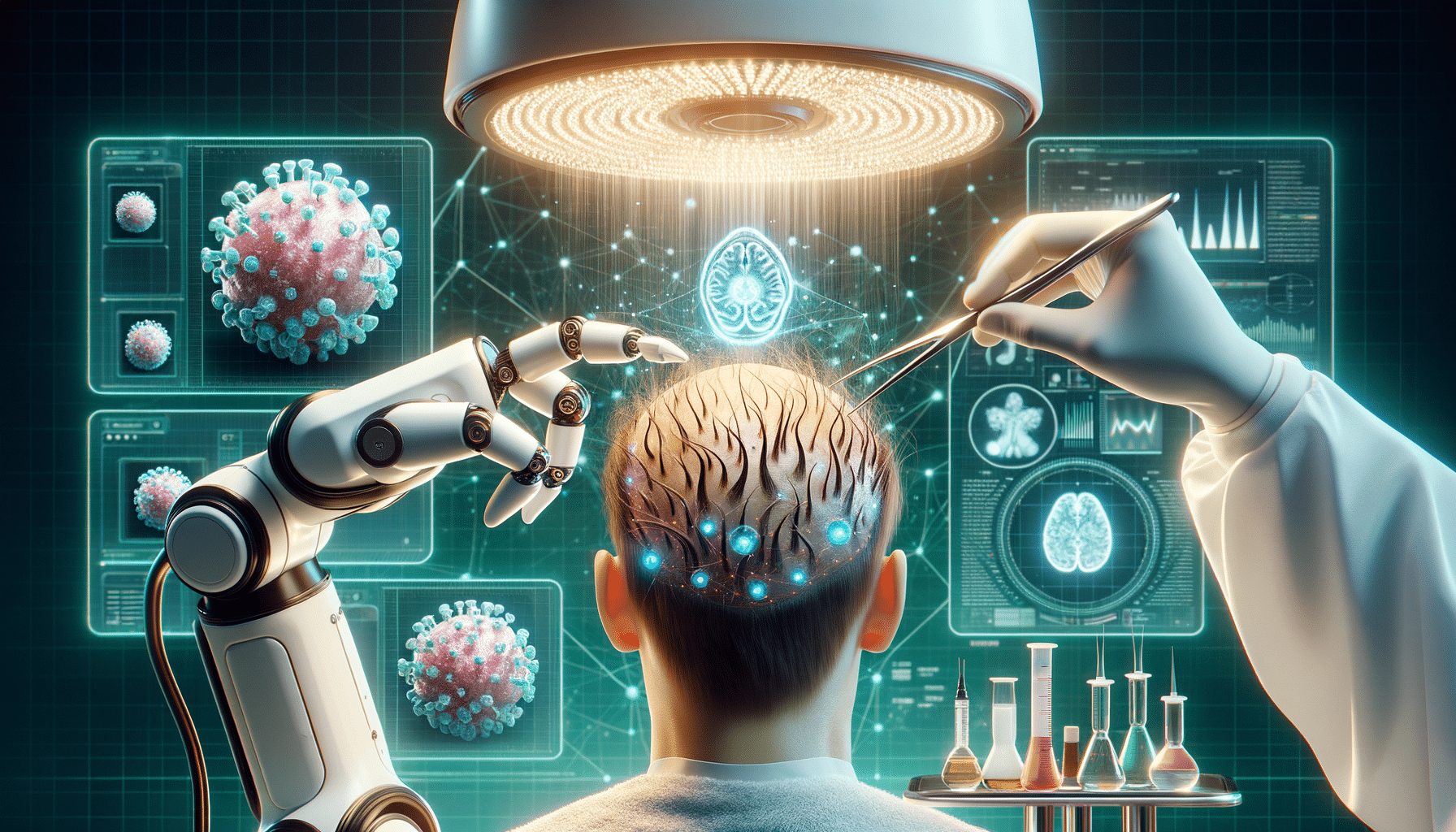
Advancing Hair Restoration: How AI Supports Modern Transplant Techniques
Introduction to AI in Hair Transplantation
Hair loss is a common concern affecting millions globally, leading many to seek effective solutions like hair transplantation. In recent years, the integration of artificial intelligence (AI) into medical practices has revolutionized various fields, including hair restoration. AI’s role in hair transplantation is becoming increasingly significant, offering innovative approaches that enhance precision and outcomes. By leveraging AI, clinicians can not only improve procedural accuracy but also tailor treatments to individual needs, thus enhancing patient satisfaction and results.
AI tools are being utilized to streamline processes, predict outcomes, and even automate certain aspects of the procedure. This technological advancement is particularly beneficial in the USA, where the demand for hair restoration is high. The integration of AI in hair transplantation is not just about technology; it’s about enhancing the patient experience by making procedures more efficient and effective.
AI-Driven Innovations in Hair Transplant Techniques
The application of AI in hair transplant techniques has introduced a new era of innovation and precision. One of the key areas where AI is making a significant impact is in the planning phase of hair transplantation. AI algorithms can analyze a patient’s scalp condition, hair density, and pattern to create a customized treatment plan. This personalized approach ensures that the transplant looks natural and is in harmony with the patient’s existing hair.
Moreover, AI technology assists in the identification and selection of optimal donor hair follicles. By using advanced imaging and machine learning, AI can differentiate between healthy and weak follicles, ensuring only the best are used for transplantation. This not only improves the success rate of the transplant but also maximizes the use of available donor hair, which is often a limited resource.
In addition to planning and selection, AI is also enhancing the execution of hair transplants. Robotic systems guided by AI can perform follicle extraction and implantation with remarkable precision. These systems reduce human error, increase speed, and improve the overall consistency of the procedure. As a result, patients experience less downtime and achieve more natural-looking results.
Future Prospects and Challenges in AI-Assisted Hair Restoration
As AI continues to evolve, the future of hair restoration looks promising. The ongoing development of AI technologies is expected to further refine hair transplant techniques, making them more accessible and affordable. The potential for AI to predict long-term outcomes and adapt to changes in a patient’s hair loss pattern over time is particularly exciting. This could lead to more proactive and preventative approaches to hair restoration.
However, the integration of AI in hair transplantation is not without challenges. Ensuring the accuracy and reliability of AI systems is crucial, as any errors could impact patient outcomes. Additionally, there is a need for continuous training and adaptation of AI algorithms to keep up with advancements in hair restoration techniques and patient needs.
Ethical considerations also play a role in the deployment of AI in medical procedures. Transparency in how AI systems make decisions and the safeguarding of patient data are essential to maintaining trust and compliance with regulations. Despite these challenges, the potential benefits of AI in hair restoration are immense, promising to transform the industry and improve the lives of those affected by hair loss.


